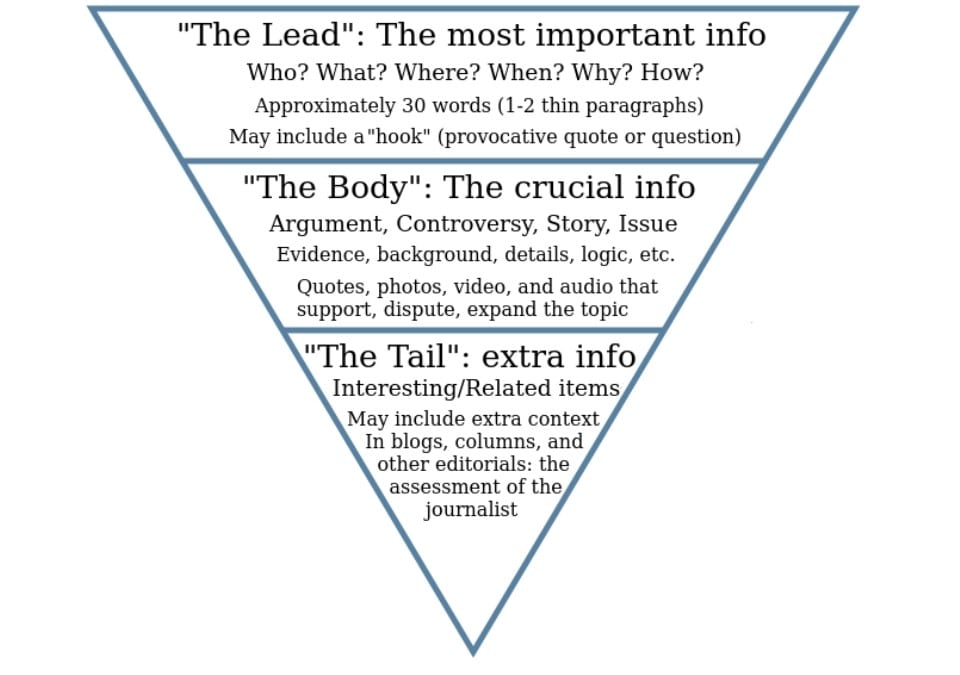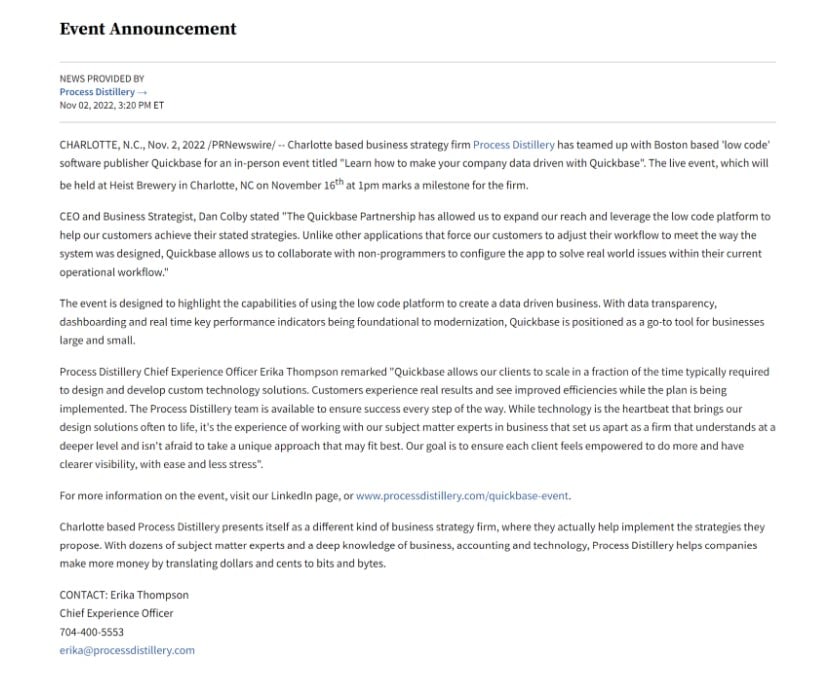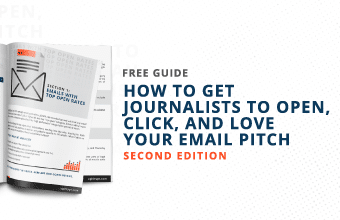As part of your PR strategy, running a successful press event requires you to have the right people attending (including journalists), meet the expectations of your attendees, and make sure your message resonates with them.
To succeed, you’ll need to plan your event in a manner that makes it engaging and memorable, allowing you to capture the attention of the media, generate interest, and improve the visibility and awareness of your company.
In this article, we’ll explore some key tips for running a successful press event, from narrowing down on your target audience to crafting a compelling message and developing an effective media outreach strategy.
These tips and strategies will help you plan a successful press event and help your company effectively communicate its message and build a positive reputation with the media and your target audience.
1. Narrow down on your target audience
In addition to setting goals such as reaching a wider audience and building awareness for your product at the press event, you need to narrow down who you’re trying to reach by looking at your existing ideal customer profile.
If you don’t have one, consider crafting it to help you understand your target audience better.
Narrowing down your target audience will help you know what metrics to track to know whether or not you’ve achieved your goals.
Let’s say, for instance, you’re planning a press event to launch a B2B product.
When narrowing your target audience, you’re more likely to succeed if you work with a small and intimate audience of industry thought leaders, influencers, and journalists who cover events in your industry.
When tracking your metrics from such events, you’ll use social listening to look at the number of industry-specific conversations your event sparks on social media, online forums, and niche communities to get a feel of the general sentiment that people have.
2. Craft a compelling message
When crafting your message, you need to look at the audience you narrowed down on and give them a compelling reason to attend your press conference.
Your message will vary based on the purpose of your press event, so consider using both written content and product videos to increase engagement.
To craft a compelling message for your event, follow the inverted pyramid framework to improve comprehension:

This framework helps you include all the necessary information that you need to communicate about your press event including the pain points your audience is dealing with and present your product or service as the ideal solution that they need.
It allows you to tell a story about the product and its key benefits while including its value proposition.
When you’re inviting different types of people such as journalists and thought leaders in your industry, the inverted pyramid framework also allows you to tailor your message to align with the different needs and goals of each audience segment.
Here’s an event announcement that uses the inverted pyramid framework:

3. Choose the right venue
The venue you choose for your press event needs to be easy to access and have ample space for your guests.
It also needs to be conducive to the type of event you’re planning, and accommodate your guests comfortably, with all the necessary amenities to make it successful.
When selecting a venue for your press event, consider a variety of factors, including but not limited to location, capacity, parking availability, cost, and amenities.
You should also take into account the type of press event you are organizing—whether it’s an intimate gathering or a large-scale launch party.
By taking all these factors into consideration, you can ensure that your press event is held in the right place, with the right type of setup, and with the right amount of space for your guests.
4. Develop an effective media outreach strategy
A thorough, well-planned media outreach strategy to promote your event will help you reach more people with your message, as well as increase engagement and loyalty with your target audience.
Target the right media outlets with relevant, targeted cold emails for each journalist you want to invite.
Since journalists are busy covering different stories and evaluating pitches, follow up with them at least 3-5 times in case you don’t get a response.
Include an announcement of your press event in your company newsletter, and use social media channels to share about your press event.
To expand your reach, partner with your sponsors and speakers who will be present at your event to spread the word.
Send the traffic you get from your outreach efforts to your event’s landing page so that you can update them about your press event.
5. Plan for contingencies
No matter how well you plan your event, unexpected issues can always arise. However, with proper planning, you can make sure that any press event runs smoothly and without any surprises.
The weather, technical difficulties, or other unforeseen circumstances may get in the way of running your press event, so you need to have a backup plan to make sure your event goes off without a hitch.
In case the event needs to be moved or rescheduled, have a backup venue that will still work for your press event, a contingency budget to cover unexpected costs, and backup equipment on hand in case of technical problems.
Conclusion
The success of your press event can mean the difference between getting positive media coverage or being ignored by the media and attendees.
Given that how you plan your press event will determine whether you succeed or not, then you’ll need to make sure you start planning early for your event to avoid doing things in a rush.
For your next press event, consider narrowing down your target audience, and creating a compelling message that makes them want to attend. Further, use AgilityPR’s media database to spread the word about your event to reach members of your target audience. Finally, since your venue is critical to the success of your press event, make sure it’s ideal and have a backup plan just in case.








